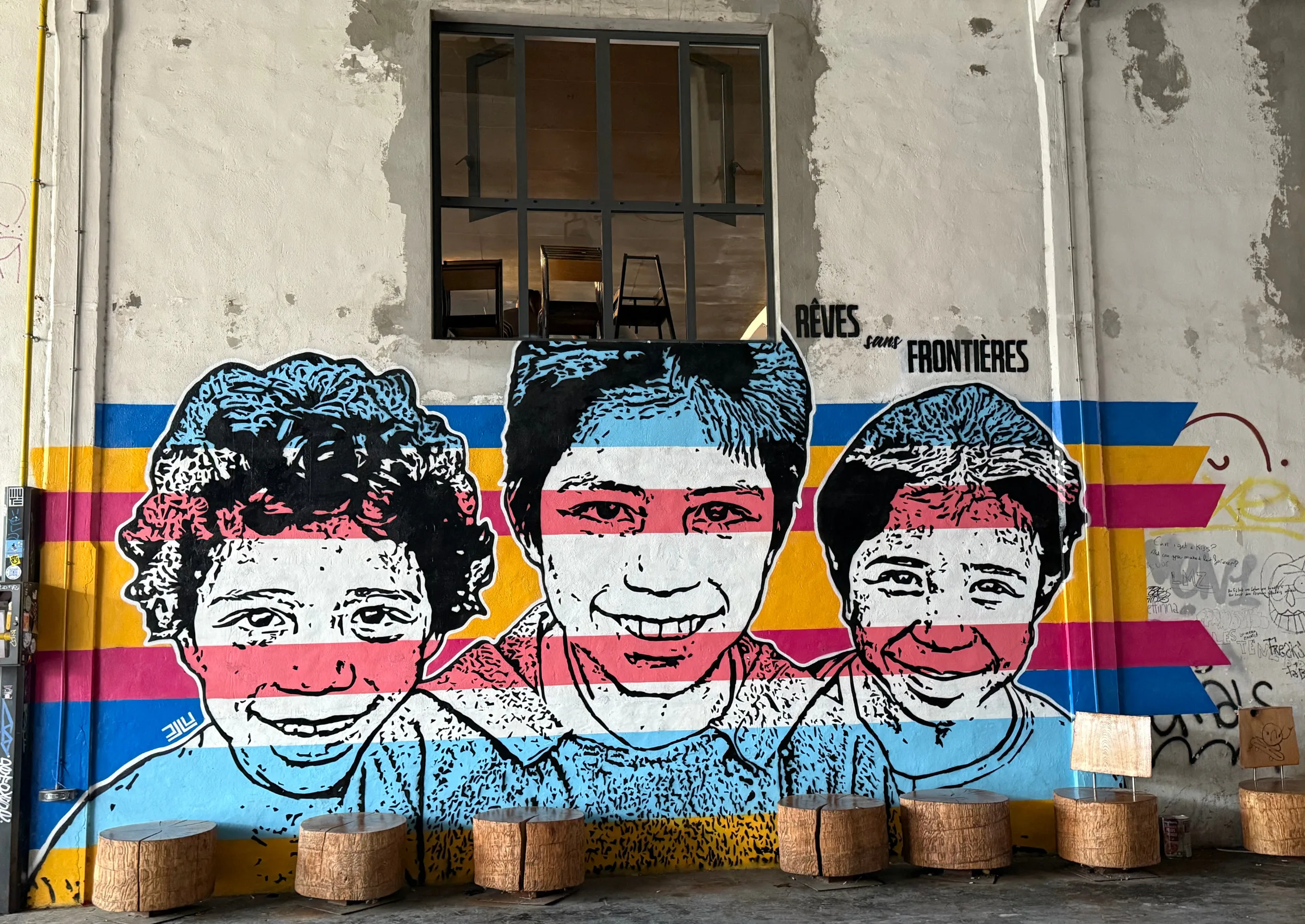The creative industries have been a pillar of the UK’s industrial strategies in the past two decades, with remarkable results, putting the country on the map as one of the global innovation leaders and as one of the most attractive countries for emerging creative talent. The Cultural and Creative Cities Monitor (CCCM), an indicators framework developed by the European Commission’s Joint Research Centre (JRC), offers an interesting perspective to assess this phenomenon, which focuses on the city level. In particular, the CCCM evaluates the performance in cultural and creative production and access of a selected sample of European cities, on different measurements, to arrive at an overall score (used as a synthetic index). The measurements range from a city’s creative and knowledge-based jobs to local and international connections, and cultural infrastructure and attractiveness for potential audiences. The cities covered by the CCCM are divided in four classes by population size, and the UK features 14 of them: London and Birmingham (XXL category) Edinburgh, Glasgow, Leeds, Manchester and Bradford (XL category); Liverpool, Brighton and Howe, Nottingham and Bristol (L category); and Dundee, Norwich and York (S-M category).
Interestingly, with the exception of London, which excels as it could be expected in the Creative Economy sub-index, no UK cities are present in the EU-wide top 20 rankings for Cultural Vibrancy and Creative Economy. However, UK cities dominate the scene as to the Enabling Environment sub-index, placing as many as 9 cities in the top 20. In particular, in the specific dimension of Openness, tolerance and trust that plays a key role in the Enabling Environment ranking, there are 11 UK cities in the top 20 and, for each city size category, the top scorer is a UK city: London (XXL), Glasgow (XL), Brighton and Hove (L) and Norwich (S-M). The outstanding excellence of UK cities in this regard seems therefore to depend essentially upon their capacity to attract and successfully integrate foreign creative professionals from the social and economic viewpoint.
In a commentary co-authored with my colleagues Valentina Montalto and Francesco Panella from Joint Research Centre (JRC) which is forthcoming in a post-Brexit themed special issue of European Urban and Regional Studies focused on urban and regional development futures, we reflect on the possible consequences of Brexit for the competitive positioning of UK cities in the cultural and creative sectors. From the above remarks, it is rather immediate that, insofar as Brexit hinders the successful attraction of foreign creative professionals (and this is almost certainly the case as far as EU citizens are concerned, compared to European cities that remain in the EU), the major pillar of comparative advantage of UK cities in this regard is going to be seriously undermined, and this is likely to be especially true for those cities which are not global hubs such as London, whose strength also derives from the size and quality of its creative economy, and in particular for cities in the large and small-medium categories.
In this regard, the main contrarian argument has been that the UK may continue to attract the best creative talent worldwide also in a post-Brexit scenario, by carefully screening and selecting the profiles of prospective immigrants. But this is easier said than done in the creative sector, and for a simple reason. Unlike other professional fields where educational titles and curricula have relatively standard achievement milestones, in the cultural and creative sectors the best talents need not be alumni of prestigious universities or academies. Instead, professional careers and achievements are very difficult to assess on the basis of standardized criteria. From an immigration screening viewpoint, the profile of many potential creative talents could be hard to tell from that of a typically low-skilled worker. Not incidentally, for many creative workers, getting a low-skilled day job is often the typical entry to the initial difficult and often long phase of connection and accreditation in the cultural and creative sectors.
Even more room for concern arises from the fact that UK creative businesses typically turn to migrant labour when it comes to recruiting creative talents and skills whose availability in the UK is limited, and this is particularly true for medium and large companies, also beyond the sphere of the cultural and creative sectors. A diminished capacity for attraction of creative skills and talent could therefore have an immediate and noticeable negative impact on a vast range of sectors and businesses that would likely hit across the whole economy. An additional cause of concern would be the negative impact of the shock on the UK’s cultural component of soft power, which has been carefully and successfully cultivated in the past two decades. Clearly, the backlash of a perceived, sudden closure of the UK to foreign creative talent would be particularly strong for a country that has been so far heralded as the absolute champion in the category, and for a reason, as clearly reflected in the CCCM rankings.
It is therefore vital that the post-Brexit UK immigration policies pay special attention to this issue, and develop specific criteria that are tailored upon the high peculiarities of the cultural and creative professional and job markets. Stakes are high, and failure to address the problem properly is likely to put the UK’s cultural and creative economy at serious risk of decay.
Photo by Dan Burton
The PEC’s blog provides a platform for independent, evidence-based views. All blogs are published to further debate, and may be polemical. The views expressed are solely those of the author(s) and do not necessarily represent views of the PEC or its partner organisations.
Related Blogs
Why do freelancers fall through the gaps?
Why are freelancers in the Performing Arts consistently overlooked, unseen, and unheard?
Insights from the Labour Party Conference 2025
Creative PEC Policy Adviser Emily Hopkins attended the Labour Party Conference in September 2025.
Association of South-East Asian Nations’ long-term view of the creative economy
John Newbigin examines the ASEAN approach to sustainability and the creative economy.
Take our Audience Survey
Take our quick survey and you might win a National Art Pass.
Culture, community resilience and climate change: becoming custodians of our planet
Reflecting on the relationship between climate change, cultural expressions and island states.
Cultural Industries at the Crossroads of Tourism and Development in the Maldives
Eduardo Saravia explores the significant opportunities – and risks – of relying on tourism.
When Data Hurts: What the Arts Can Learn from the BLS Firing
Douglas Noonan and Joanna Woronkowicz discuss the dangers of dismissing or discarding data that does…
Rewriting the Logic: Designing Responsible AI for the Creative Sector
As AI reshapes how culture is made and shared, Ve Dewey asks: Who gets to create? Whose voices are e…
Reflections from Creative Industries 2025: The Road to Sustainability
How can the creative industries drive meaningful environmental sustainability?
Creating value: the creative economy beyond culture by Marta Foresti
Marta Foresti explains the value of international cooperation as she becomes Chair of the GCEC.
Taking stock of the Creative Industries Sector Plan
We summarise some of the key sector-wide announcements from the Creative Industries Sector Plan.
Conversations between the Global North and South
Unsettling and reordering the creative economy












